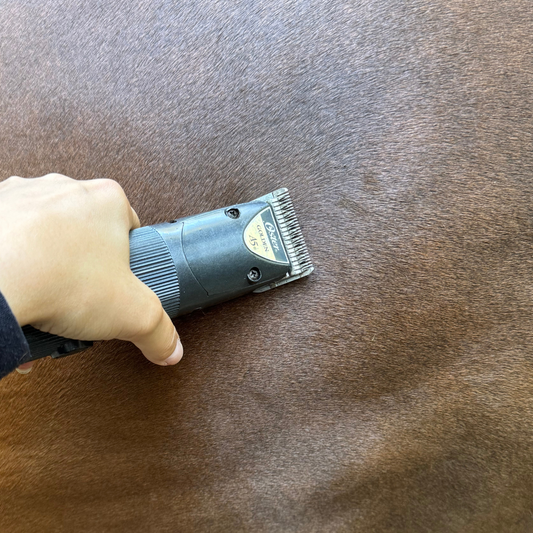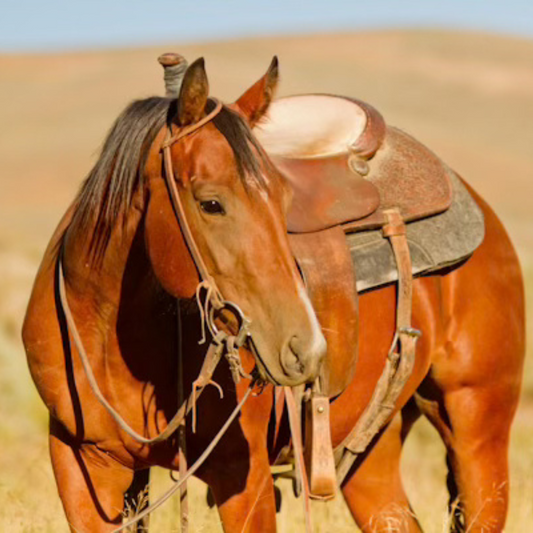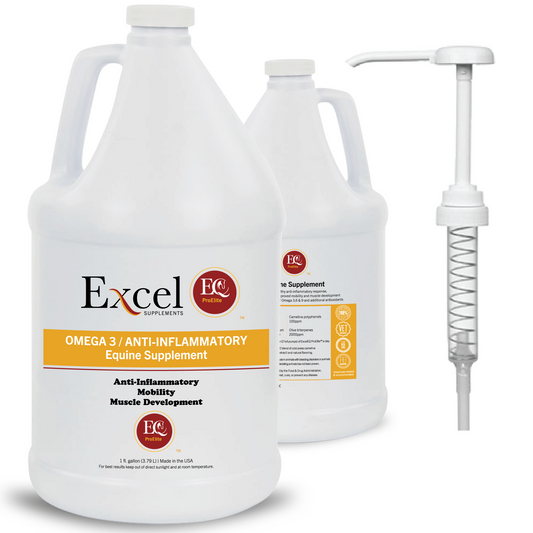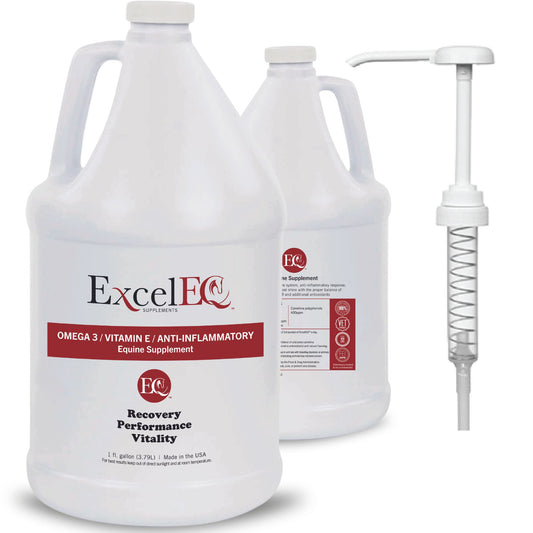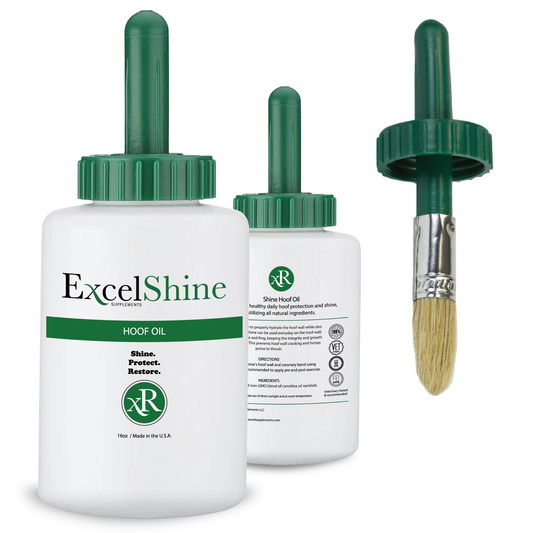Horse Clipping Guide: Prep and Post-Care Tips
Share
As the days grow shorter and the evenings cooler, it signals the start of body clipping season for your horse. Recognizing when it's time to clip is key: your horse may not dry quickly after lessons, or you might notice his coat growing long and fuzzy. This is the perfect time to prepare your clippers and gear for a smooth clipping process.
Preparing Your Horse for Body Clipping
Essential Clipping Preparation
Before you begin clipping, ensure your horse is thoroughly bathed. This step is crucial as a clean coat allows clippers to glide smoothly, reducing lines and improving the overall finish. For an extra-soft coat, mix Vetrolin and conditioner with water, apply it with a sponge, and sweat scrape it off. This mixture helps your clippers work more efficiently and extends their lifespan by preventing dirt and fungus build-up.
Gather Your Clipping Supplies
To achieve the best results, gather the following supplies:
- Multiple Pairs of Clipper Blades: Keep several blades on hand to swap out as needed. Allow used blades to rest in blade oil or use a blade coolant spray to prevent overheating and skin burns.
- Dandy Brush: Handy for removing excess hair.
- Extension Cord: Essential if you’re working in a barn with limited power outlets.
Maintaining Your Horse's Coat Color Post-Clip
Use ExcelEQ for Optimal Coat Health
For those with dark-colored horses, maintaining a rich, dark coat post-clip can be challenging. Start your horse on Excel Supplements camelina oil at least one to two weeks before clipping. Our experience with ExcelEQ ProElite showed a significant improvement in coat shine and color retention.
Boosting Skin & Coat Health with Nutrition
In addition to shine and color retention, ExcelEQ’s Camelina Oil provides deeper coat benefits from the inside out. Rich in omega-3 and omega-6 fatty acids, plus vitamin E, ExcelEQ helps:
- Strengthen the skin barrier for better hydration and resilience
- Promote softer, smoother hair growth
- Support pigment retention, keeping coats vibrant even with sun exposure
- Reduce breakage and shedding by supporting strong follicles
Because camelina oil also promotes gut health and nutrient absorption, your horse’s skin and coat reflect those internal improvements with a healthier texture and longer-lasting glow. Adding ExcelEQ before clipping season sets the stage for a softer, shinier coat as new hair grows in.
Daily Grooming Practices
To keep your horse’s coat shiny:
- Curry Regularly: Daily currying removes dirt and stimulates natural oils, contributing to a glossy coat. Aim to curry at least once a day, or more frequently if needed.
- Use Turnout Blankets: Protect your horse’s coat from sun exposure with turnout sheets. This helps prevent color fading and maintains coat sheen.
- Limit Bathing: Bathe your horse no more than once or twice a week. Excessive bathing strips natural oils, reducing shine and increasing the risk of fungus and dandruff.
- Avoid Alcohol-Based Products: Alcohol can dull your horse’s coat and dry out the skin. Opt for a damp towel or sponge with warm water for removing saddle and bridle marks.
Final Clipping Tips
Ensure your horse has appropriate blankets and coolers post-clip. Properly fitting blankets prevent rubbing and discomfort. If you’re unsure about fit, consult your trainer or barn manager for assistance.
With these tips, you'll be well-prepared for a successful body clipping season. Happy clipping!


